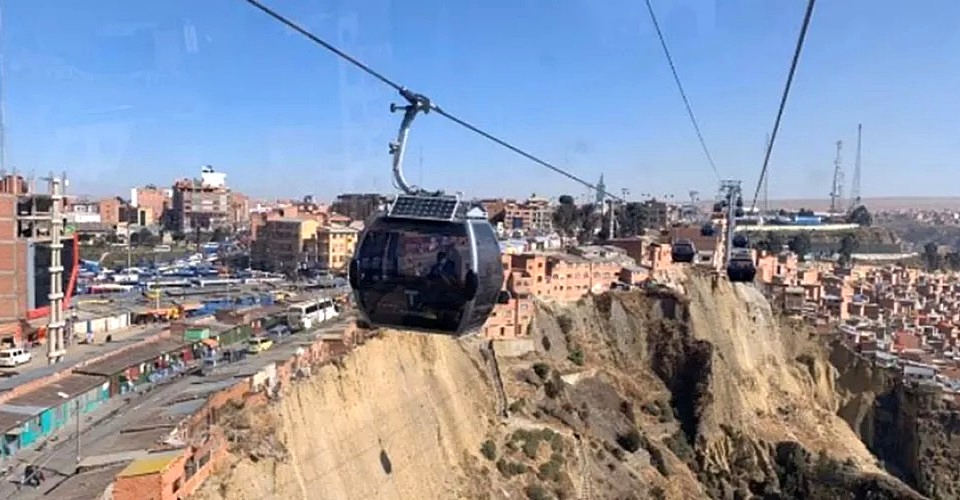
Pattaya’s keyboard warriors have reacted with horror and disbelief to City Hall’s suggestion to link parts of the city to an aerial tramway (read cable car) system. On Facebook, Twitter and Tik Tok, outraged critics outnumber quietly-spoken supporters by 50 to 1. “Get the roads and footpaths repaired first,” say many. “Pie in the sky,” say others. The fact that a foreign company Swiss Advice (howbeit with a Bangkok address) has briefed the local authority on the project arouses even more nationalistic hostility from backwoodsmen and women.
Peter Morrison, a clean energy expert, said that such initial reactions are understandable. “What people are really saying is that Pattaya has changed too much already, so enough is enough.” But he advises a more balanced look. “Pattaya is obviously going to a major international attraction in the post-covid environment, but she is fast becoming a pollutant-spewing traffic bottleneck in need of a radical solution.” He adds that the earlier proposal of a ground-level tramway system isn’t going anywhere. “That would be more expensive per kilometer and would involve further massive destruction of the environment and properties to lay the tracks and build depots.”
International Cable Car Solutions point out that Pattaya city budgets, even with government backing, could not afford either trams or cable cars on the scale necessary. But they believe that funding for Pattaya cable cars is likely available from the Eastern Economic Corridor, a billion-dollar Thai and foreign business consortium which has already financed multiple ring roads, motorway routes and beach reclamations in the area. “There’s great confidence in Pattaya as a tourist city serving the eastern seaboard,” said Solutions spokeswoman Estelle Sandon, “but cable cars are the realistic option as they have a low carbon footprint, are safer than any alternatives, can carry up to 6,000 passengers an hour and are popular with tourists enjoying scenic views.”
The oft-heard view that cable cars are useful only in mountainous areas is certainly outdated. Several densely-crowded cities in South America, including capitals in both Bolivia and Columbia, already have cable cars as a key functionary of mass transportation. According to the World Bank, they already operate too in Koblenz, on the banks of the Rhine, with others planned for Bonn, Stuttgart and Cologne. Although there are downsides – the need for regular servicing in particular which has a poor Pattaya record – cable cars may prove to be the best way to get the future Pattaya off the ground.
 |
 |
 |





